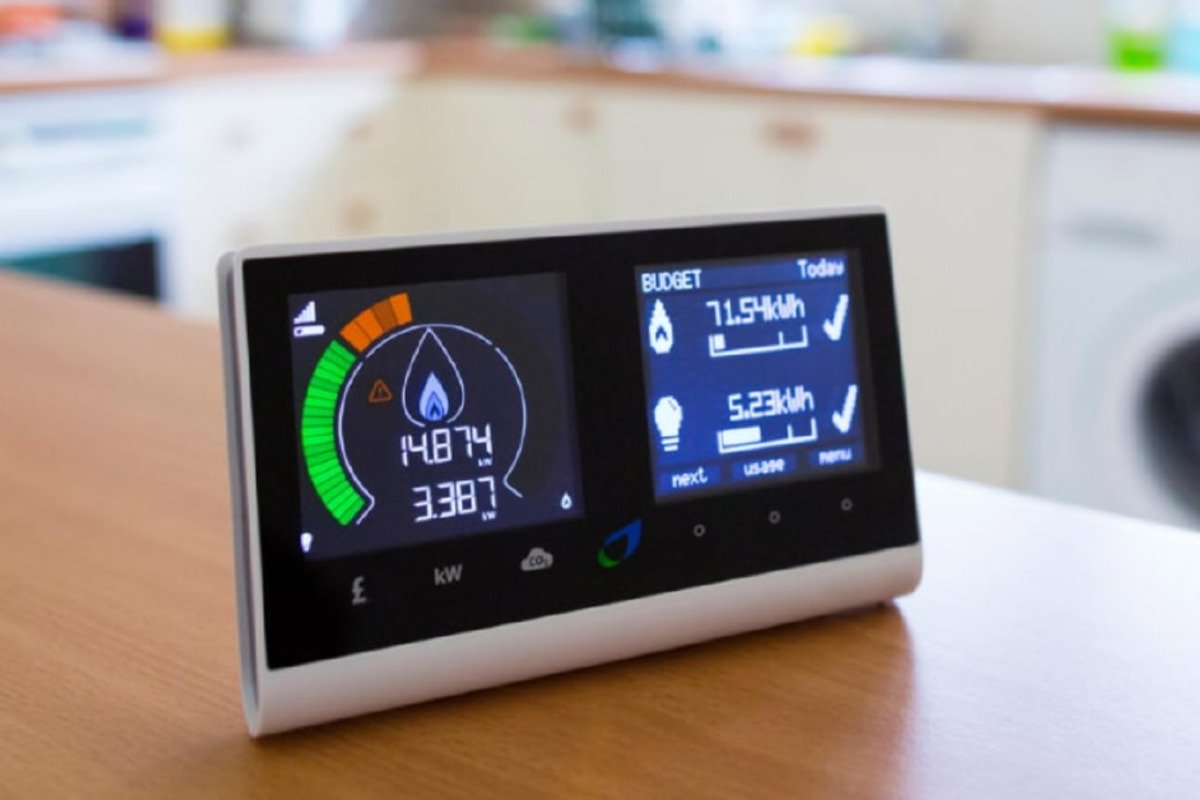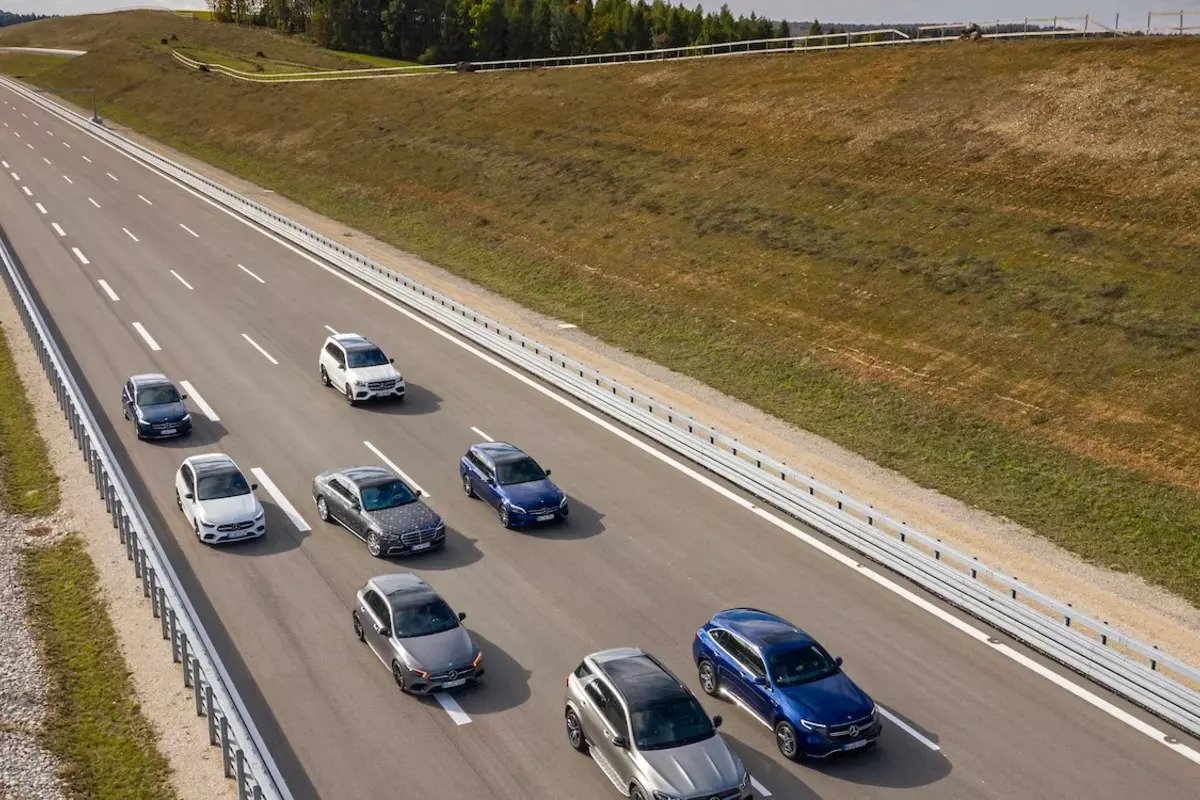If we told you that glass-walled skyscrapers were not only aesthetically pleasing but could also be energy efficient, would you believe us? Well, it is absolutely true. According to researchers at the National Renewable Energy Laboratory, all it requires is the addition of thermally efficient photovoltaic windows.
Their research which was published in the One Earth journal, explained building designs that make it possible for building structures to be energy-efficient.
Researchers previously believed that energy-saving buildings needed a specific look or could not be conventionally attractive or aesthetically pleasing. But according to Lance Wheeler, a specialist in installing Photovoltaic technology in windows and co-author of the paper, there are several ways to construct high-efficiency buildings.
The mechanism of energy efficiency is that these PV windows reduce energy use and carbon dioxide emissions by about 40% in glassed buildings. Lance and his co-author Vincent- his twin brother- conducted the analysis by developing a software called PVwindow. It works by allowing users to model designs of PV windows for building simulations.

The researchers outlined that although buildings are currently responsible for over a third of global energy consumption, combining photovoltaic tech with thermal performance window tech can be a vital tool in combating climate change.
Unlike older buildings, contemporary buildings are famous for their glazed designs. An example is a difference between the window-to-wall ratio of the Equitable Building in New York and the Bank of America Tower constructed in 2016- the former’s ratio was 25%, and the latter’s 71%.
In the research, they considered highly glazed buildings with a window-to-wall ratio of 95% to correlate the direct relationship between glazed buildings and energy efficiency. Triple-pane windows appeared to amplify the energy efficiency of buildings but are yet to be widely adopted.
While glazed buildings have their aesthetic effect, their design- multiple windows with sunlight entry- makes it necessary to expend a lot of energy on cooling the occupants, so this is where PV windows come in. They supply thermal insulation for the building and generate electricity using the absorbed energy.
Buildings can combine photovoltaic windows with solar panels to optimise energy conservation.






